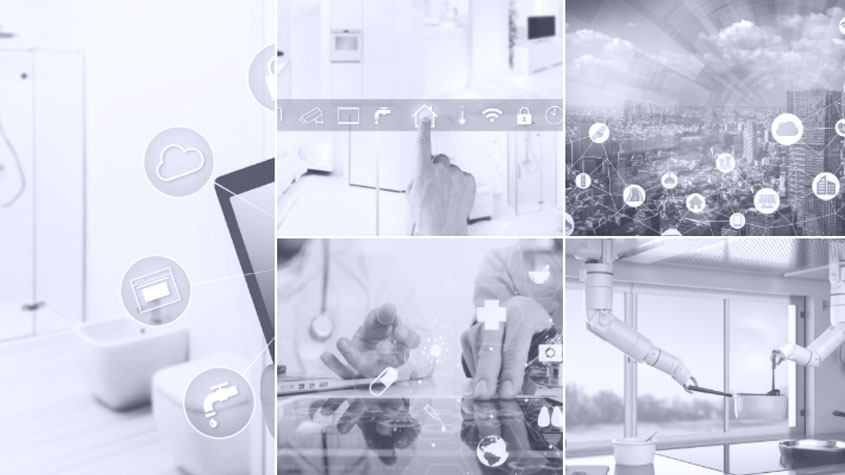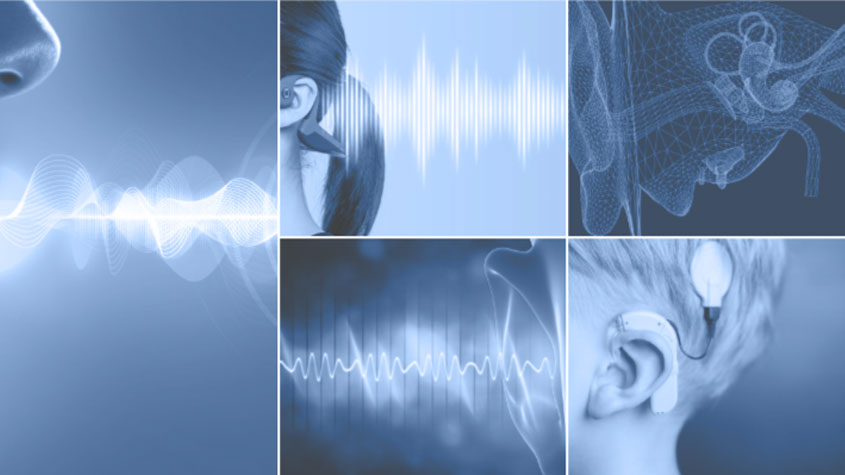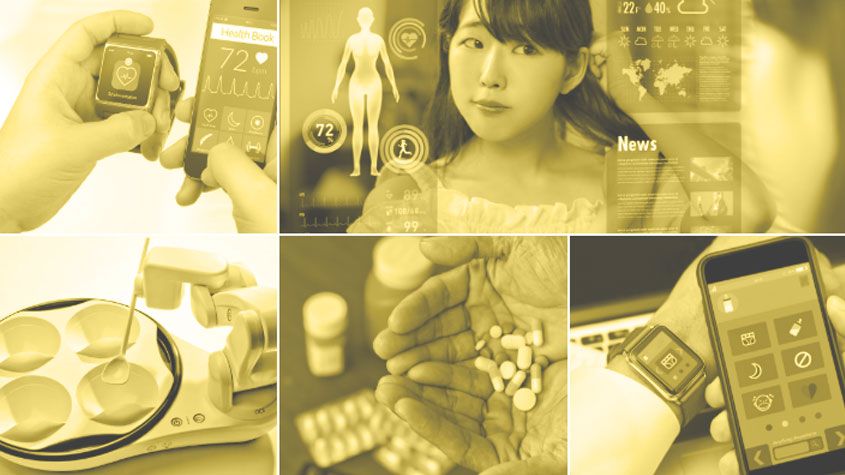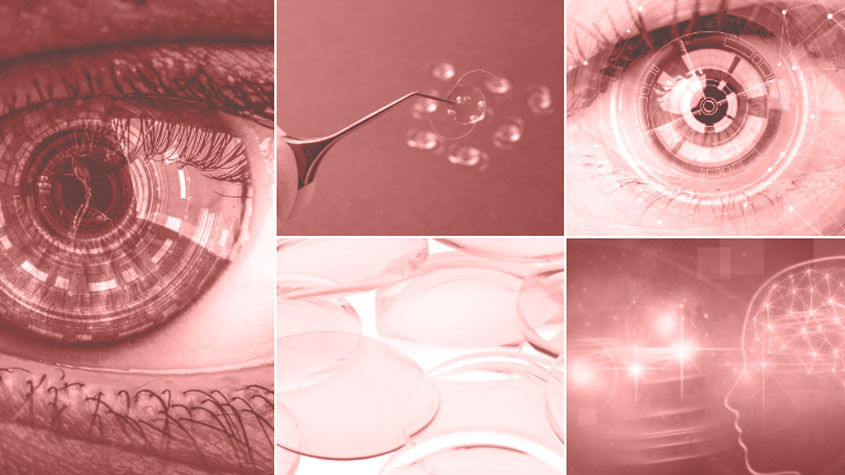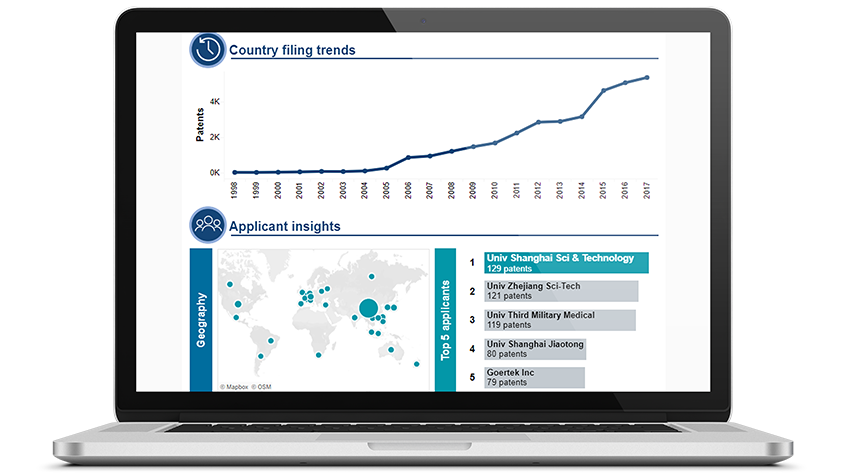Over 1 billion people living with physical or cognitive impairments currently need assistive technologies (AT) for increased independence and fuller interaction with their world.
As populations age and ATs converge with consumer electronics, many of those technologies initially designed for people with specific needs are adapting for use in larger markets through a wider array of new consumer goods.
We are now on the cusp of a future where autonomous wheelchairs, mind-controlled hearing aids and wearables monitoring health and emotion alleviate the impact of human limitations.With this important inflection point upon us, it is critical to understand the state of play.

The WIPO Technology Trends 2021 report is the first large-scale landscaping and analysis of patenting and technology trends in AT.
Download the report
